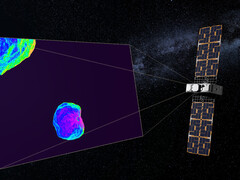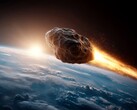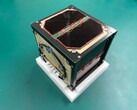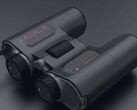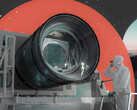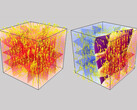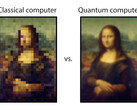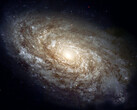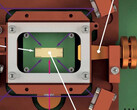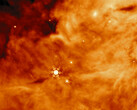In 2022, a spacecraft crashed into the near-Earth asteroid Didymos. This was neither a coincidence nor an accident, but a deliberate maneuver to investigate the possibility of such an object changing its orbit.
After all, Didymos has a diameter of 800 meters (900 yards) and weighs hundreds of millions of tons. What's more, its orbit takes it close to the Earth, except for a few million kilometers (or miles) - practically nothing in space.
It is precisely this fact that makes it potentially dangerous, even though there is currently no indication of a possible collision with Earth. At the same time, it is the perfect test object to gain experience in deflecting celestial bodies that might still decide to collide with the Earth sometime.
That is why NASA's DART space probe hit it. This is why Milani and Juventas are now setting off with their carrier satellite Hera to fully investigate the asteroid Didymos and its small companion Dimorphos. The main focus is of course on the traces of the impact. While the launch is planned for October this year, the rendezvous will take place at the end of 2026.
Milani will repeatedly approach in elliptical orbits and examine the composition of the asteroids over a wide spectrum. As a total of three satellites will be sent, their positions in relation to each other during different maneuvers will allow conclusions to be drawn about the prevailing gravity. This then allows precise conclusions about the mass of the stellar objects.
In addition, Milani and Juventas, which are the size of shoe boxes, were designed to be as cost-efficient as possible. Not only the small size and low weight, but also the use of already available instruments ensure that the total costs should be around 130 million euros (140 million dollars).
Now all that remains is to hope that the findings from the mission never have to be used.




